SPF30 vs SPF50: Experts explain the real difference - and it's not as simple as you think
Is bigger always better when it comes to SPF? Dermatologists explain all

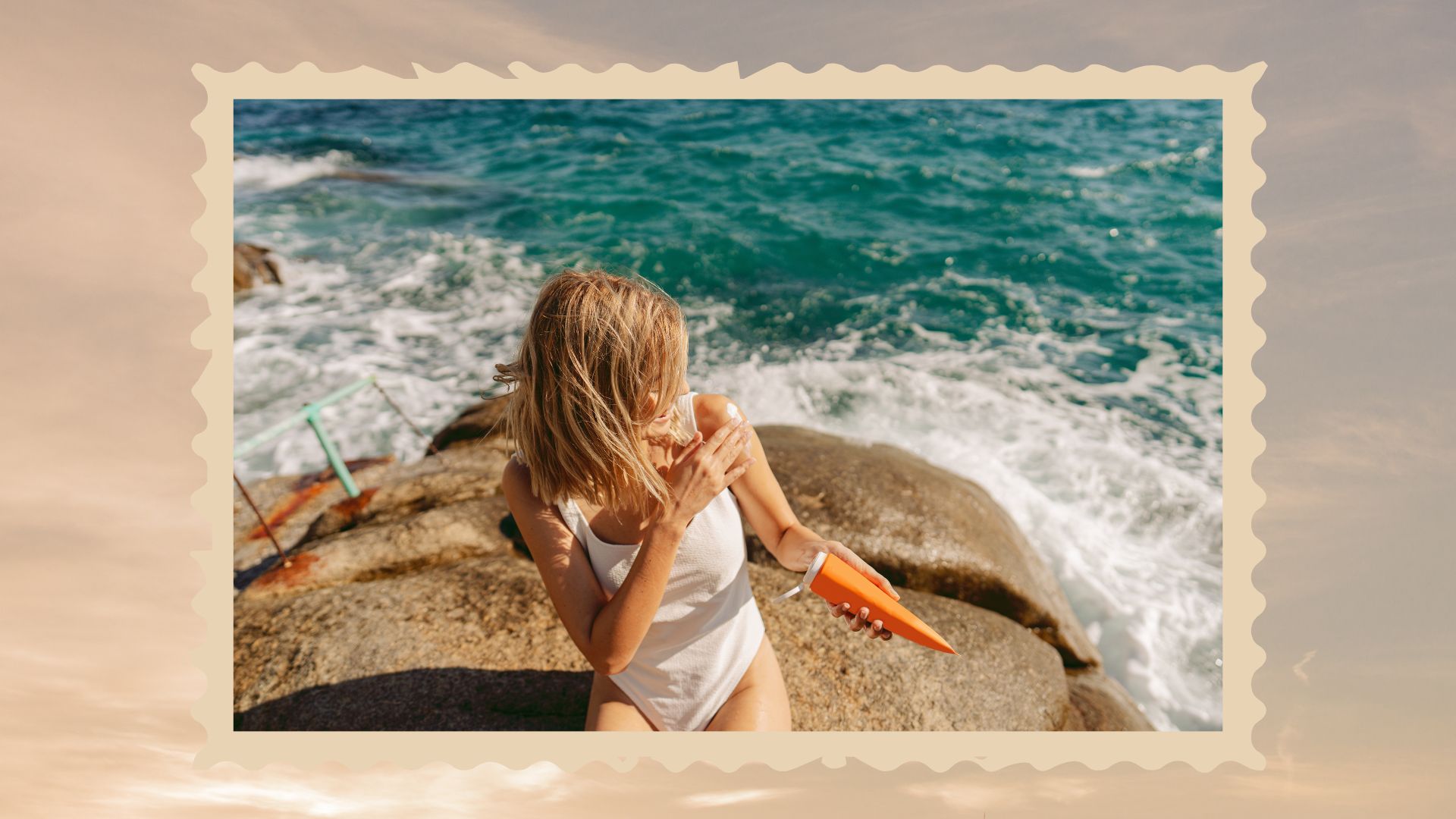
We all know that we should be wearing sun cream, but which factor should you be using - SPF30 or SPF50?
Most of us know very little about sun protection, apart from the fact that we should wear our best facial sunscreens every day. With so many products on the market, from high-factor sunscreen skincare to the best foundations with SPF, you'd be forgiven for feeling overwhelmed by all the different versions.
One of the biggest areas of confusion is around factor. What's the difference between the levels of protection? And does wearing SPF50 mean you don't need to reapply as often as SPF30? We spoke to two dermatologists to get their expert verdict.
What do SPF numbers actually mean?
Two types of ultraviolet rays can damage the DNA in your skin cells. These are UVB and UVA rays. UVB rays cause sunburn and are ultimately what can lead to skin cancer. UVA rays, on the other hand, cause skin damage that leads to tanning, in addition to wrinkles and ageing, and can affect skin even through glass.
SPF (Sun Protection Factor) quantifies the level of protection against UVB radiation and how long the sun's UV radiation would take to redden your skin when using the product versus the amount of time without any sun cream.
So, SPF30 would take you 30 times longer to burn than if you weren't wearing any protection, while for SPF50, it would be 50 times longer.
What's the difference in protection between SPF30 vs SPF50?
Dermatologist Dr. Anita Sturnham, explains that, "Sunscreen labelled with SPF30 allows approximately 3% of UVB rays to penetrate the skin, offering around 97% protection, while SPF50 permits about 2% of UVB rays to reach the skin, providing approximately 98% protection."
Sign up to our free daily email for the latest royal and entertainment news, interesting opinion, expert advice on styling and beauty trends, and no-nonsense guides to the health and wellness questions you want answered.
While this seems insignificant, Sturnham reveals that, "it translates to a significant cumulative protection over prolonged time," and knowing that SPF30 allows 50% more UV radiation onto your skin than SPF50 does, it truly does make a significant difference in the long run.
How to ensure you get the full SPF on the label
While you may feel secure knowing that SPF50 is shielding your skin to the highest degree, it's important to apply the right amount to make sure you're reaching that SPF50 level.
"Studies show that we typically use only 25-50% of the recommended amount, which dramatically reduces the stated SPF protection," reveals Consultant Dermatologist Dr Angela Tewari, who's based at The Lister Hospital. Shockingly, "This means that SPF 50 suncream often provides only SPF10-15 protection in real-world use," Tewari tells us. As a rule, you should be applying a minimum of two finger lengths of formula on your face.
Some people think that wearing an SPF50 means you don't need to reapply as often as those who are wearing lower SPF do. This isn't technically correct, as you should be reapplying every couple of hours regardless of the SPF factor.
So, perhaps it's less to do with SPF30 vs SPF50 and more to do with how much suncream you apply and if you're consistently reapplying - otherwise, you aren't getting the protection you think.
Does formula make a difference?
Weighing up the benefits of sunscreen lotion vs spray? The formula of your SPF might be affecting its efficacy and SPF level, and some are better than others.
Sturnham recommends, "starting the day with a cream or lotion as your base sunscreen. Mist sunscreens typically contain a high percentage of water, and I recommend sprays for reapplying sunscreen throughout the day. Keep in mind that invisible sprays may lead to uneven application, resulting in less effective protection."
Sprays are great if you're in a hurry, but often make application tricky. Make sure to stick to creams and lotions for your base SPF and apply it as you would your best body moisturiser. Then reapply every two hours with a spray for the best form of protection.
SPF30 vs SPF50: W&H VERDICT
After speaking to both dermatologists, it's clear to see that when it comes to SPF30 vs SPF50, it's less about the factor you wear and more about how much and how often you reapply your sunscreen.
Regardless of the factor, you need to be reapplying your suncream and ensuring that you apply enough, or you won't be properly protecting your skin and risk sun damage or worse.
Both experts recommend wearing SPF50 as this provides the best form of protection and encourage all of us to reapply every couple of hours. Always make sure your SPF50 is broad-spectrum, meaning that it protects from both UVA and UBV rays.
Our beauty writer's favourite SPF50 formulas
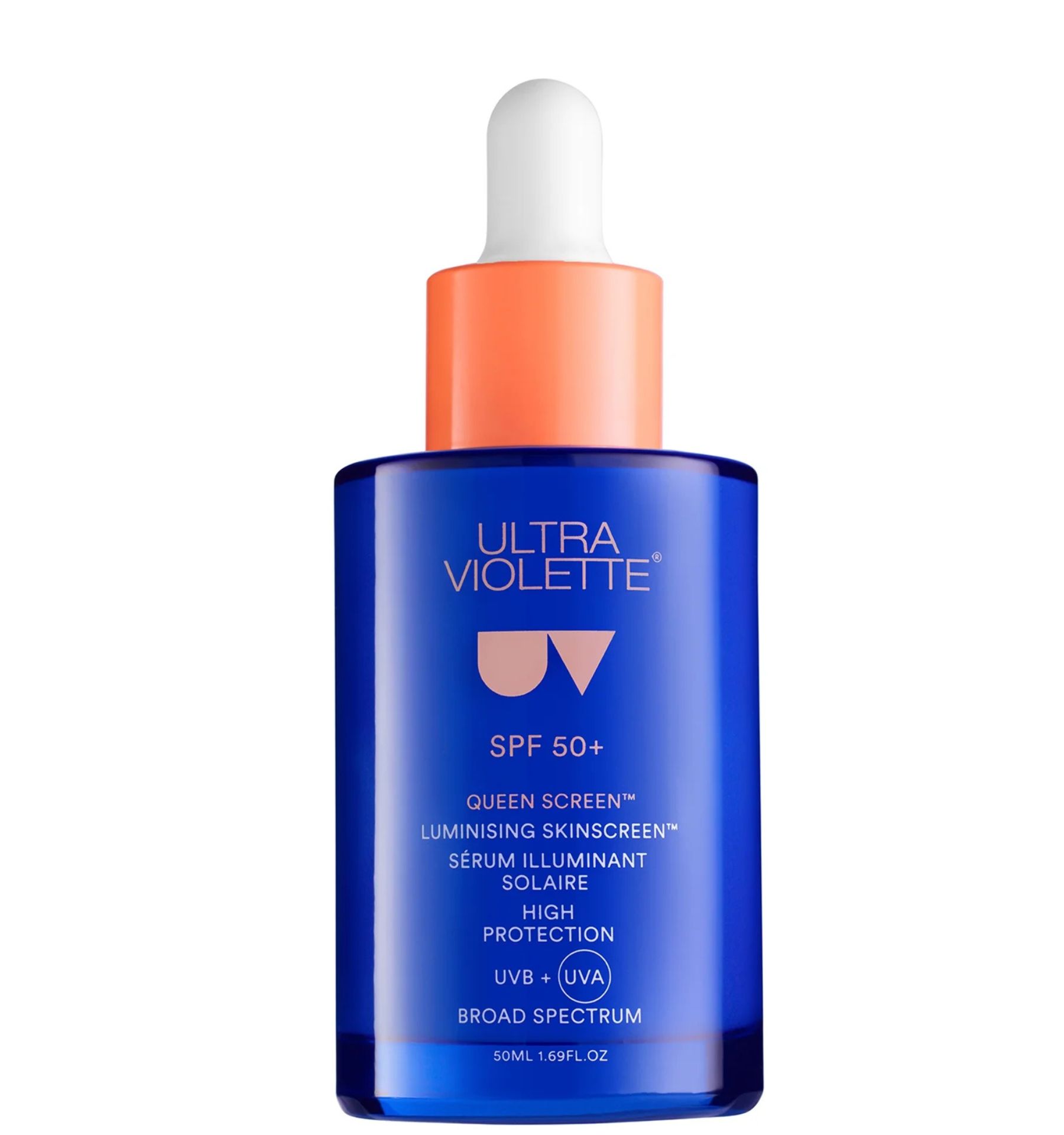
RRP: £38
This lightweight serum melts immediately into skin and offers the perfect final step before applying make-up. The hard-working formula protects your skin with UVB and UVA filters while keeping your skin fully moisturised, plump and glowing.
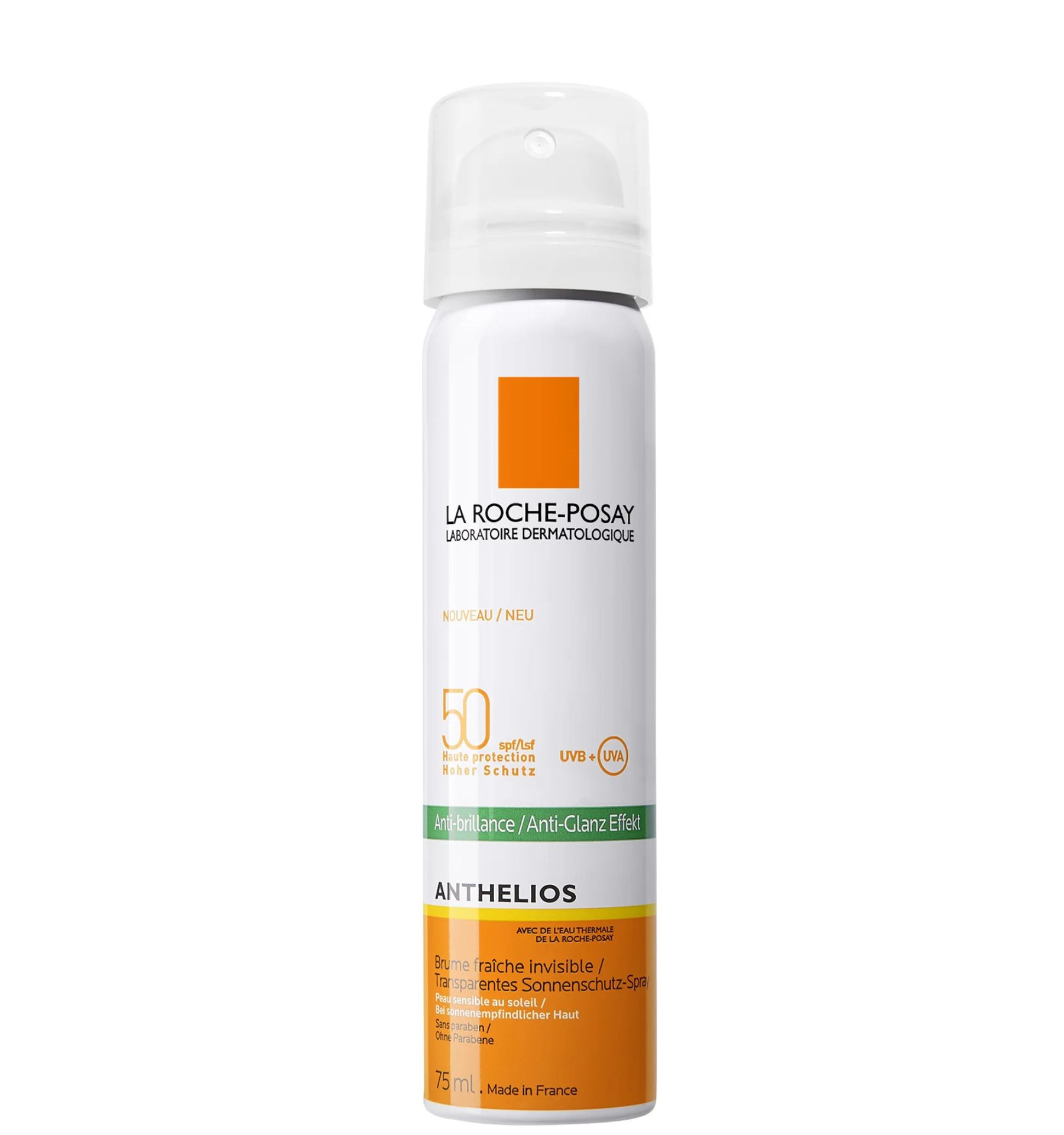
RRP: £18.50
For all those times you need a quick SPF top-up over or without make-up, this SPF50+ mist couldn't be easier to use. Offering defence from UVA and UVB rays, this high-level SPF has you covered in just a couple of refreshing spritzes.
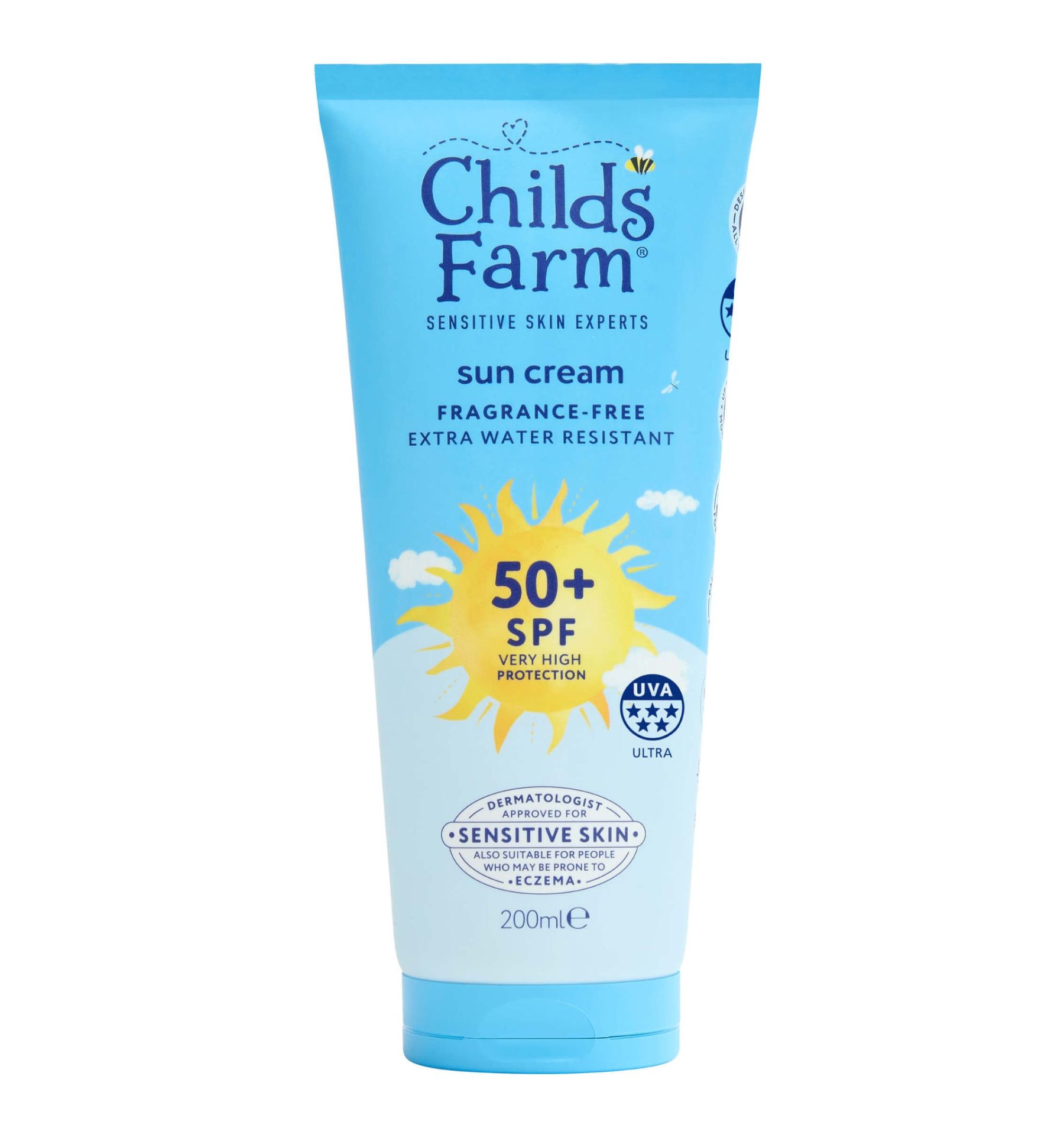
RRP: £19
This fragrance-free sun cream is perfect for sensitive skin (even those with eczema), including children from the age of 6 months. It's not only SPF50+ factor but it also has a five-star UVA protection rating and defends against UVB rays, too.
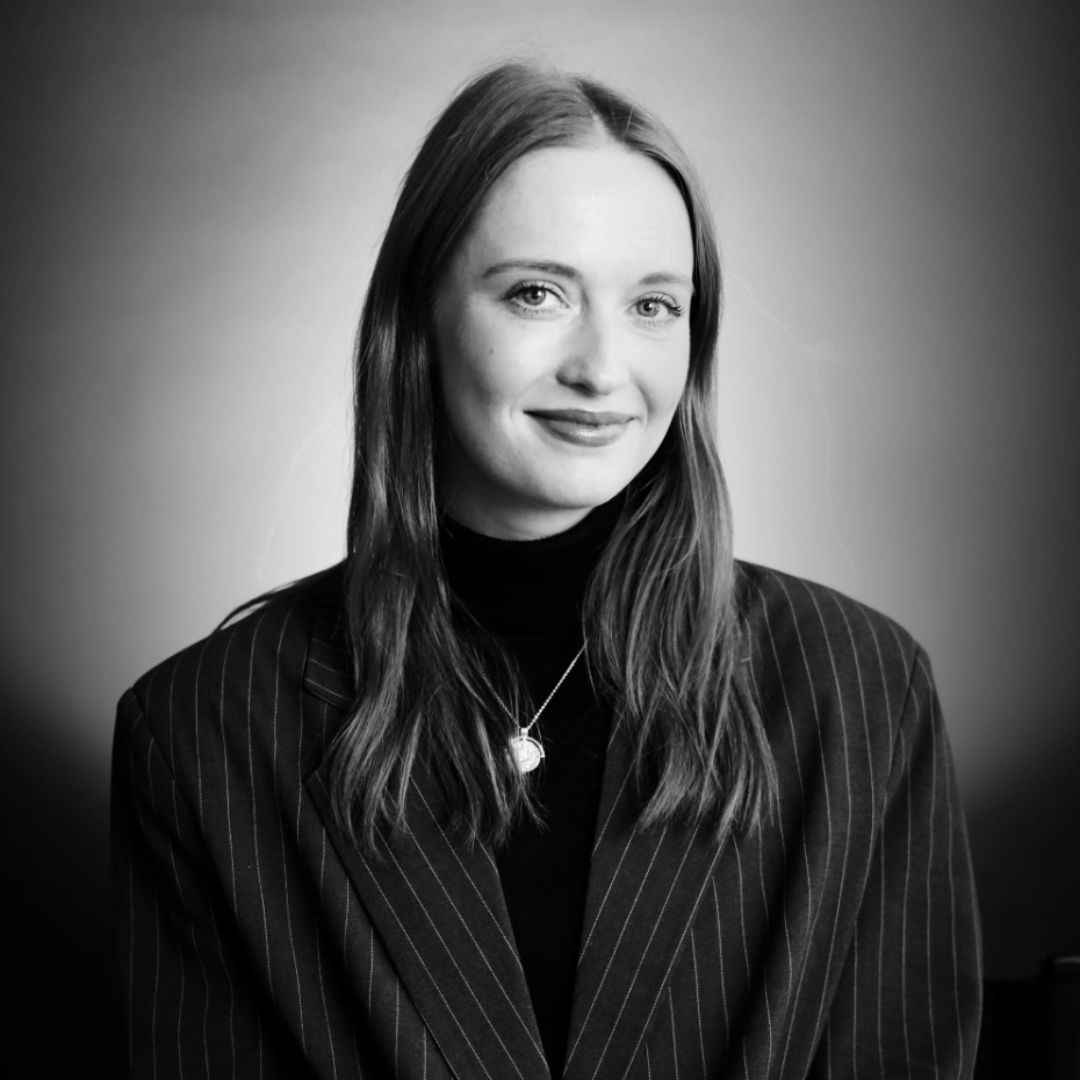
Annie Milroy is the Beauty Writer for Woman & Home and other publications.
She spent three years studying Journalism and English Language at the University of Portsmouth before starting her career in magazines in 2017. After 8 years in the beauty industry, she's grown very fond of any product that can give her that 'my skin but better' finish, and anything that hydrates her seemingly always parched face.
When she’s not working, she’s shamelessly watching back-to-back Real Housewives episodes, spending all her time with her beloved yellow Lab, Freya, and hunting down the best carb spots London has to offer.